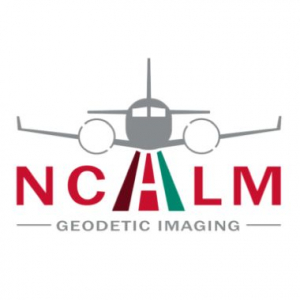2018 Student Seed Proposal Winners Selected
The National Center for Airborne Laser Mapping surveys multiple projects each year for graduate student PIs whose research would be enhanced by airborne lidar data and visible imagery. Students write and submit a two- to three-page proposal to be considered for an award (details at: ncalm.cive.uh.edu/seed/about). The applications are reviewed by the NCALM Steering Committee, who then select winners based on intellectual merit and broader impact.
NCALM would like to announce that the 2018 seed proposal winners have been awarded. There were 36 submissions, and eight projects were selected. Congratulations to the following students (and their advisors):
Joel Eklof (Rebecca Neumann)
University of Washington
Advective heat transfer by rain as a mechanism of soil warming, CH4 release, and permafrost thaw
James Guilinger (Andrew Gray)
University of California, Riverside
Source attribution of eroded sediments from post-fire runoff events using nested scales of sequential change detection
Thomas Herbst (Alan Whittington)
University of Missouri
A bird's eye view of lava domes: Airborne laser swath mapping of Lassen Volcanic Center, Lassen Volcanic National Park, CA
Nate Mitchell (Brian Yanites)
Indiana University
Variations in bedrock cliff morphologies with fracture density and incision rate along a transient stream
Miles Reed (Nicole West)
Central Michigan University
Chemical erosion response to transient physical erosion along the path of a migrating knickpoint
Alba Mar Rodríguez Padilla (Michael E. Oskin)
University of California, Davis
Constraining rheology from lidar-based comparisons of seismogenic versus creeping normal faults
Cole M. Speed (Zoltan Sylvester & David Mohrig)
University of Texas at Austin
Interpreting fluvial processes from the ancient rock record: Linking geomorphology to stratigraphy using 3-D outcrops of exhumed channel-belt deposits, Eastern Utah, USA
Kirk Townsend (Marin Clark)
University of Michigan
The role of extreme events in setting the pace and magnitude of landscape change: Post-fire debris flows in the Santa Monica Mountains, Southern California


